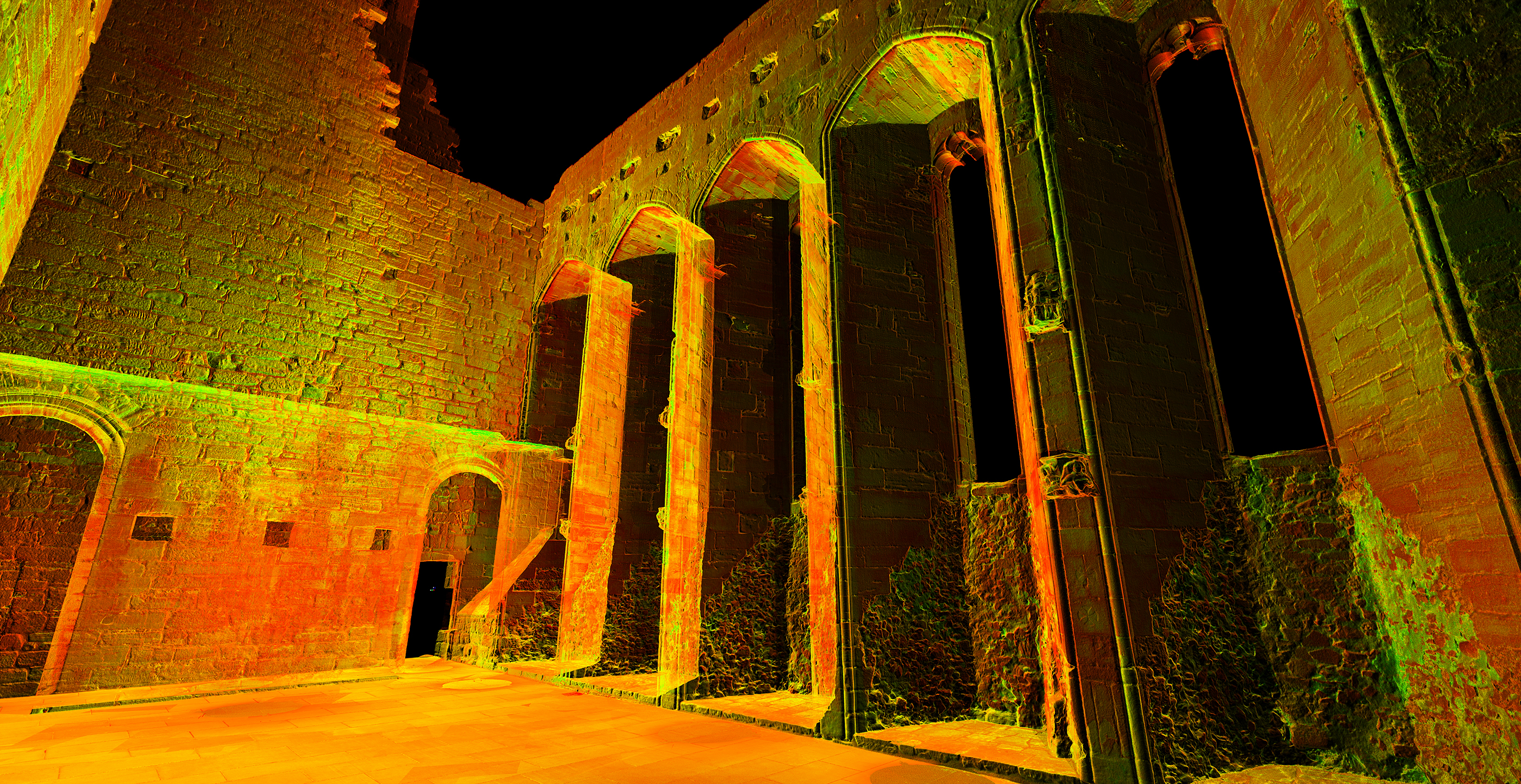This project brings together cross-disciplinary expertise from a range of academic, industry and cultural partners to explore the point where performance practice, gaming and virtual reality (VR), technology, and culture and heritage meet. We use 3D imaging, binaural and surround sound, and room-impulse responses to create a software application that allows users to experience the performance of Early Music in an accurately-modelled historic space.
Listening to music is an experiential activity that connects listeners to their surroundings and to those around them. In part, the recent growth of the live performance industry is a direct consequence of this need to connect and share musical experiences in a communal space.
But the transient nature of live performance presents real challenges. The physical properties and locations of spaces impose constraints on the nature of events and the geographical reach of performances.
While recordings can capture the sound of performance, they also stop short of allowing the listener to feel a sense of presence and participation.
This is a challenge that is only amplified when one considers Early Music performances: even a curated performance in a modern venue loses much of the detail that characterises historic performance.
You can find more information on our website.



A WordPress Commenter
Hi, this is a comment.
To get started with moderating, editing, and deleting comments, please visit the Comments screen in the dashboard.
Commenter avatars come from Gravatar.